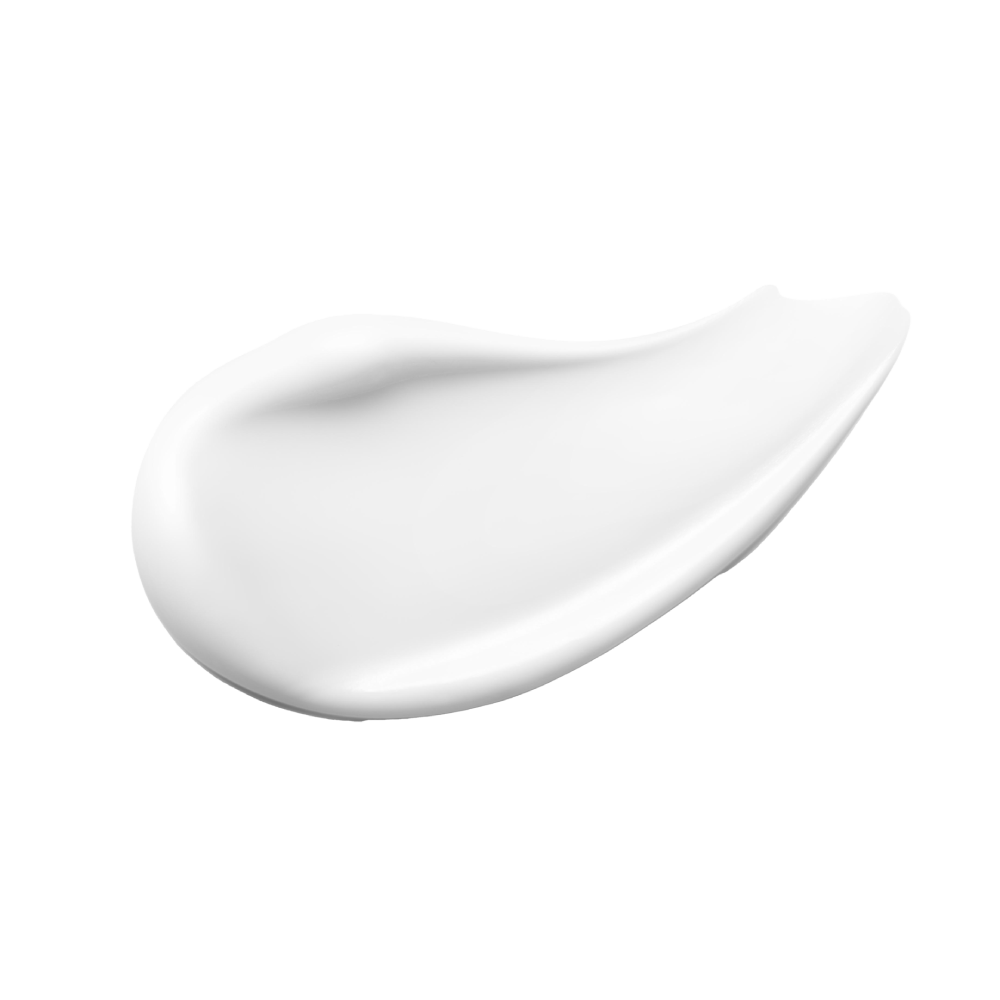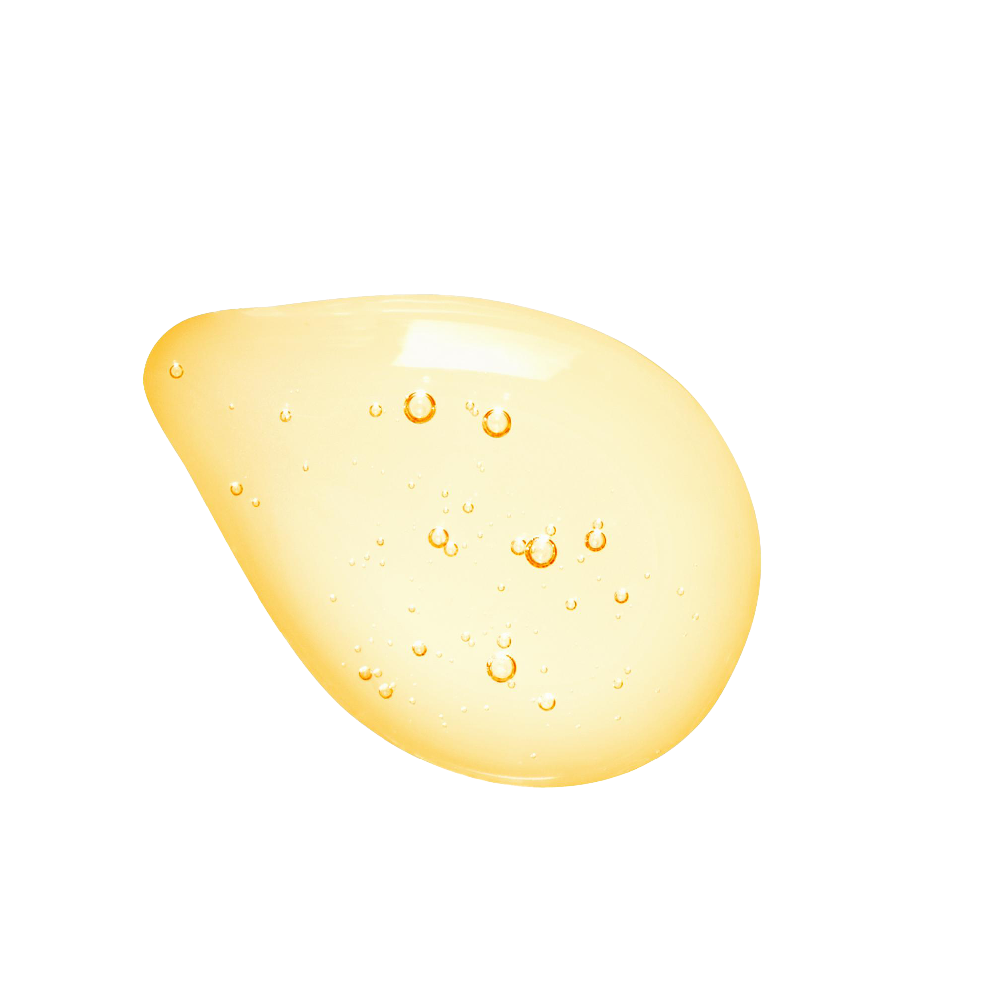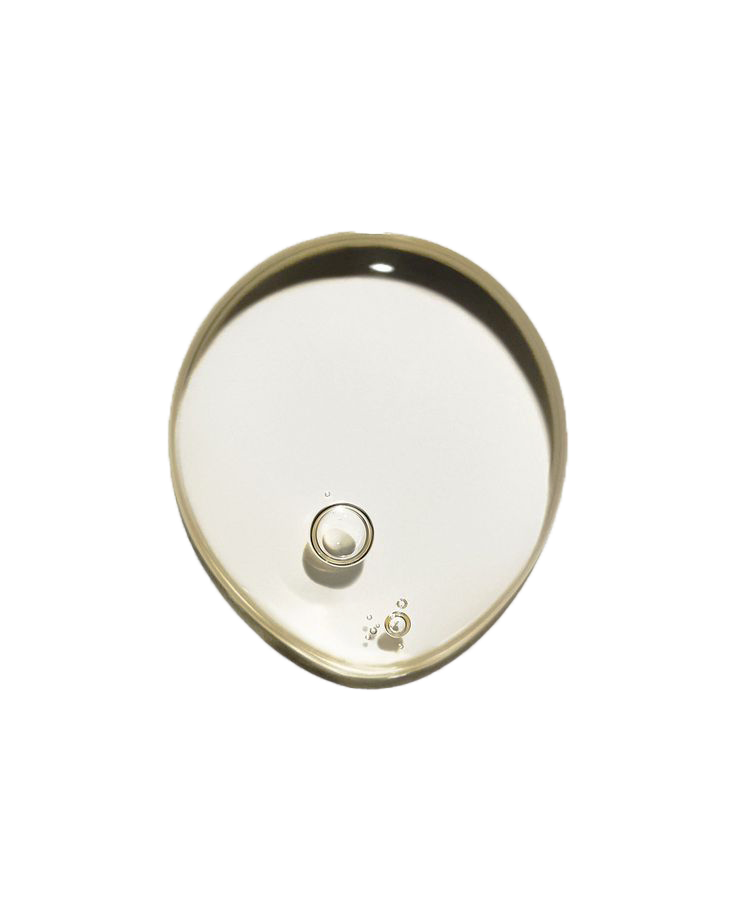Close Search
Cart Summary
Your cart is empty
Continue shoppingAntati’s Zero Tolerance List






1. Parabens
Methylparaben, Propylparaben, Butylparaben
Synthetic preservatives used to extend shelf life by preventing microbial growth. While considered safe in small amounts, they can mimic estrogen and potentially disrupt hormone function.
3. Phenoxyethanol
A commonly used preservative in cosmetics, but it can cause skin irritation, especially in sensitive individuals, and is linked to allergic reactions.
5. Mineral Oil and Petrolatum
Derived from petroleum, these ingredients act as occlusives to lock in moisture. However, they can clog pores and may contain impurities if not properly refined.
7. Phthalates
DEP, DBP, DEHP
Used to enhance fragrance longevity, these chemicals are endocrine disruptors and may interfere with hormonal balance.
9. Artificial Fragrances and Dyes
Synthetic compounds added for scent and color, often containing allergens and irritants that can cause skin sensitivity and reactions.
11. BHT
Butylated Hydroxytoluene
A synthetic antioxidant used to preserve products, but it is associated with skin irritation and potential endocrine disruption.
13. Talc
Used in powders and makeup for smoothness but may contain asbestos, posing risks of contamination and respiratory harm.
15. Oxybenzone and Octinoxate
Chemical sunscreens known to cause hormonal disruption and potential coral reef damage.
16. Hydroquinone
A skin-lightening agent banned in several countries due to its potential carcinogenic properties and risks of skin irritation.
18. Methylisothiazolinone (MIT) and Methylchloroisothiazolinone (MCI)
Preservatives linked to contact dermatitis and allergic reactions, especially in sensitive skin.
20. Coal Tar Dyes (CI Numbers)
Artificial colorants derived from petroleum that may contain heavy metals and impurities, posing risks of toxicity.
22. Animal-Derived Ingredients (Collagen, Lanolin)
Sourced from animals, these ingredients may pose ethical concerns and carry risks of allergens or impurities.
24. Toluene
A solvent used in nail polish and hair dyes, associated with respiratory and nervous system harm.
26. Titanium Dioxide (Nano-Particles)
A mineral-based UV filter commonly used in sunscreens. While generally safe in non-nano form, nano-sized particles may penetrate the skin and pose potential health risks when inhaled.
2. Sulfates
Sodium Lauryl Sulfate - SLS, Sodium Laureth Sulfate - SLES
Harsh detergents used for foaming and cleansing. They can strip natural oils, leading to dryness, irritation, and sensitivity.
4. Formaldehyde and Formaldehyde-Releasing Agents
DMDM Hydantoin, Imidazolidinyl Urea
Preservatives that slowly release formaldehyde to prevent bacterial growth. Formaldehyde is a known carcinogen and skin irritant.
6. Silicones
Dimethicone, Cyclopentasiloxane
Synthetic compounds used to create a smooth texture and lock in moisture. They can trap dirt and oils, potentially leading to acne and dullness.
8. PEGs
Polyethylene Glycol
Used as thickeners, solvents, and softeners. They can contain impurities like ethylene oxide and 1,4-dioxane, which are potential carcinogens.
10. Alcohol
Denatured Alcohol, Ethanol, Isopropyl Alcohol
Often used as solvents or preservatives, these can dry out the skin, leading to irritation, redness, and compromised skin barriers.
12. Triclosan and Triclocarban
Antimicrobial agents linked to hormone disruption and antibiotic resistance, banned in many countries for personal care use.
14. Retinyl Palmitate (Synthetic Vitamin A)
Used in anti-aging products but can degrade into compounds that cause skin sensitivity and are linked to photosensitivity.
17. EDTA (Disodium EDTA, Tetrasodium EDTA)
A chelating agent used to stabilize formulas but can disrupt the skin’s natural barrier, leading to irritation and sensitivity.
19. Synthetic Polymers (Carbomer, Acrylates Copolymer)
Thickening agents that are non-biodegradable and environmentally harmful.
21. Essential Oils with High Sensitizing Potential (Cinnamon Oil, Lemon Oil, Peppermint Oil)
Natural but highly potent oils that can trigger irritation, allergic reactions, or photosensitivity in some individuals.
23. Synthetic UV Filters (Avobenzone, Homosalate)
Chemical sunscreen agents that may disrupt hormones and cause skin sensitivity.
25. Aluminum Compounds
Used in deodorants and antiperspirants, linked to skin irritation and possible accumulation in tissues.
27. Sodium Benzoate
A preservative used to prevent microbial growth, but it can form benzene, a carcinogen, when combined with Vitamin C or exposed to heat and light.


